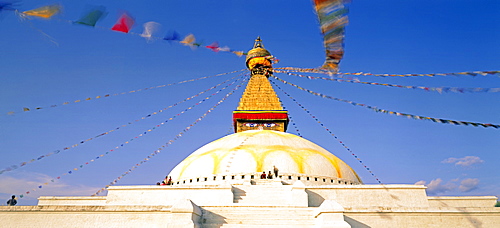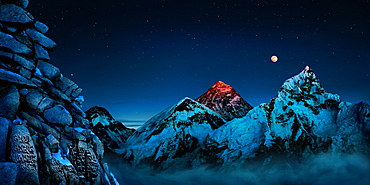Results
6 results found

Students of a Sanskrit school performing the savasana (corpse) posture during daily yoga lesson at sunrise, on the ghat of Varanasi, Uttar Pradesh, India, Asia
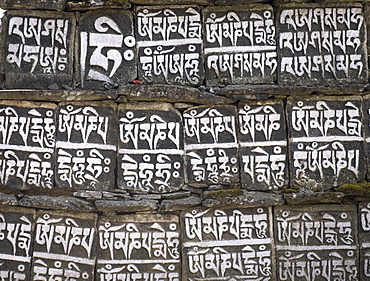
Close up of Mani stones along one of the trekking trails in the Sagarmatha National Park, UNESCO World Heritage Site, Nepal, Asia

Monks at ceremony with Tibetan Buddhist prayer book in Sanskrit, Ganesh Saraswati Buddhist Temple, Kathmandu, Nepal, Asia
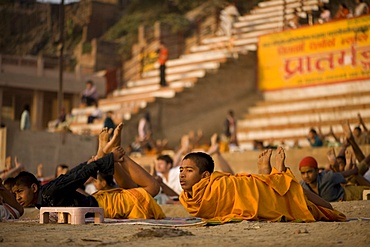
Students of Sanskrit school taking their daily yoga lesson at sunrise, on a ghat of Varanasi, Uttar Pradesh, India, Asia
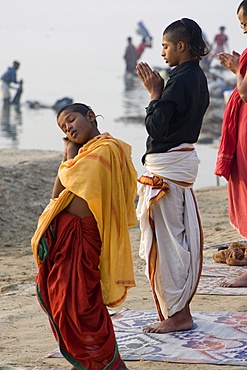
Student of a Sanskrit school sleeping during the morning prayer, Varanasi, Uttar Pradesh, India, Asia
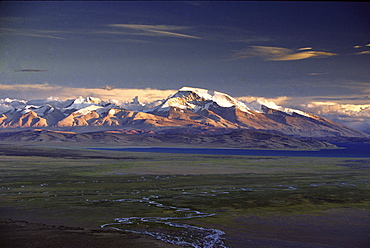
Gurla mandata. Tibet. barkha plain stretches as clouds light gather above bonpo mountain tagri trawo, tiger-striped mountain, known on english maps by sanskrit name, gurla mandhata with rakshas glittering beyond expanse of pilgrim tents
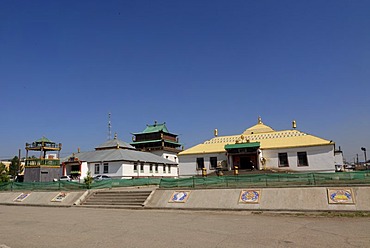
Monastery buildings, assembly halls and the main hall, home of the 26 meters high statue of the goddess Janraisig, Avalokiteshvara Sanskrit, at the Gandan monastery, Migjid Janraisig Suem building, Gandan Khiid monastery, Ulaanbaatar, Mongolia, Asia
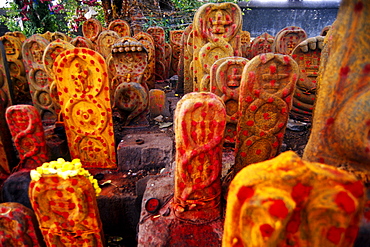
Naga is the Sanskrit and Pali word for a deity or class of entity or being, taking the form of a very large snake, found in Hinduism and Buddhism. In India, nagas are considered nature spirits and the protectors of springs, wells and rivers. They bring rain, and thus fertility, but are also thought to bring disasters such as floods and drought. According to traditions nagas are only malevolent to humans when they have been mistreated. They are susceptible to mankind's disrespectful actions in relation to the environment. They are also associated with waters &33; rivers, lakes, seas, and wells &33; and are generally regarded as guardians of treasure.They are objects of great reverence in some parts of southern India where it is believe that they bring fertility and prosperity to their venerators. Expensive and grand rituals are conducted in their honour.

